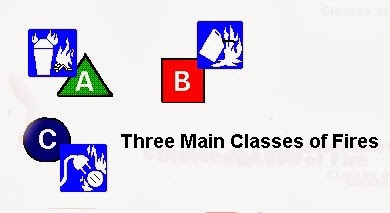

While an ABE Dry Powder extinguisher is suitable for other types of fire in your home, you should never use it on a cooking oil or fat fire as the pressure from a dry powder extinguisher will cause the fire to spread. However, don't use wet chemical extinguishers on fires with a live electrical source. This type of extinguisher can also be used on most other classes of fire in the home. So if you're buying your first fire extinguisher, you should choose one for the kitchen that is capable of extinguishing Class F fires.Ī Wet Chemical extinguisher is best for extinguishing cooking oil and fat fires. The most likely type of fire to occur in your home is a cooking oil or fat fire in the kitchen.

In or near the kitchen – not too close to the stove or cooking surfaces.Place fire extinguishers in noticeable places where they can be accessed safely, such as: You should mount fire extinguishers on the wall, out of reach of children. Sweep the extinguisher from side to side while aiming at the base of the fire.Most extinguishers are designed to be operated from about 2 - 3 metres away. Aim the nozzle at the base of the fire from a safe distance.Test squirt the extinguisher to make sure it is working.Pull the safety pin or remove the clip.When operating a fire extinguisher, use the 'PTASS' technique: Remember, life is more important than property. You can safely access and retreat from the fire.Fire and Emergency New Zealand has been called.Everyone has been evacuated and accounted for at your safe meeting place.
#Class fires abcd how to#
You're confident you understand how to use the extinguisher correctly.This type of extinguisher contains sodium or potassium bicarbonate which smothers this kind of fire with ease.

It's safe to do so considering the size and location of the fire (your extinguisher will only last 10-15 seconds once started). Each class of fire requires different extinguisher materials.
#Class fires abcd free#
If you have any suggestions for fire extinguisher resources, please feel free to share them with us.If you have a fire extinguisher in your home, you'll be better prepared to put out small fires before they become big ones.įor businesses, please view our commercial advice on fire extinguishers. All three sites are interactive and provide great explanations for the different types of fire extinguishers to have on hand depending on your needs, as well as answering questions such as where fire extinguishers should be located. These types of extinguishers are extremely effective in putting out the fire as the powder works to interrupt the chemical reaction of the fire. Some great websites I have found as resources for fire extinguishers are the Hanford Fire Department out of Washington State,, and . ABC fire extinguisher is used to put out the fire (class A, B, C) by coating the fuel with a thin layer of dry chemical as dust for separating the fuel. Alert any persons in the area of the fire, sound a fire alarm system, evacuate the area and call 911. If you are not trained in the proper use of fire extinguishers and their capabilities, DO NOT attempt to fight a fire.
#Class fires abcd professional#
Have a professional inspect you fire extinguishers annually. There is a tag hanging on the fire extinguisher for you to initial and date when these inspections occur. Take a few minutes to inspect your extinguishers every month. Using the wrong type of fire extinguisher can be more hazardous than not using a fire extinguisher at all. Have you ever taken the time to actually look at the extinguisher to see what type it is? Do you know if you have the right extinguisher for the potential threats that may be present? Do you know what the letters and symbols on the extinguisher mean? Let’s take a minute to review. We have all seen fire extinguishers around our facilities as well as in the home. Click here to check out our recent post: Do you have the right fire extinguisher for your workplace?


 0 kommentar(er)
0 kommentar(er)
